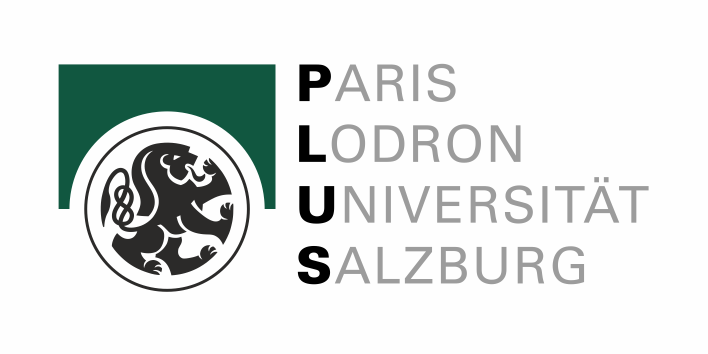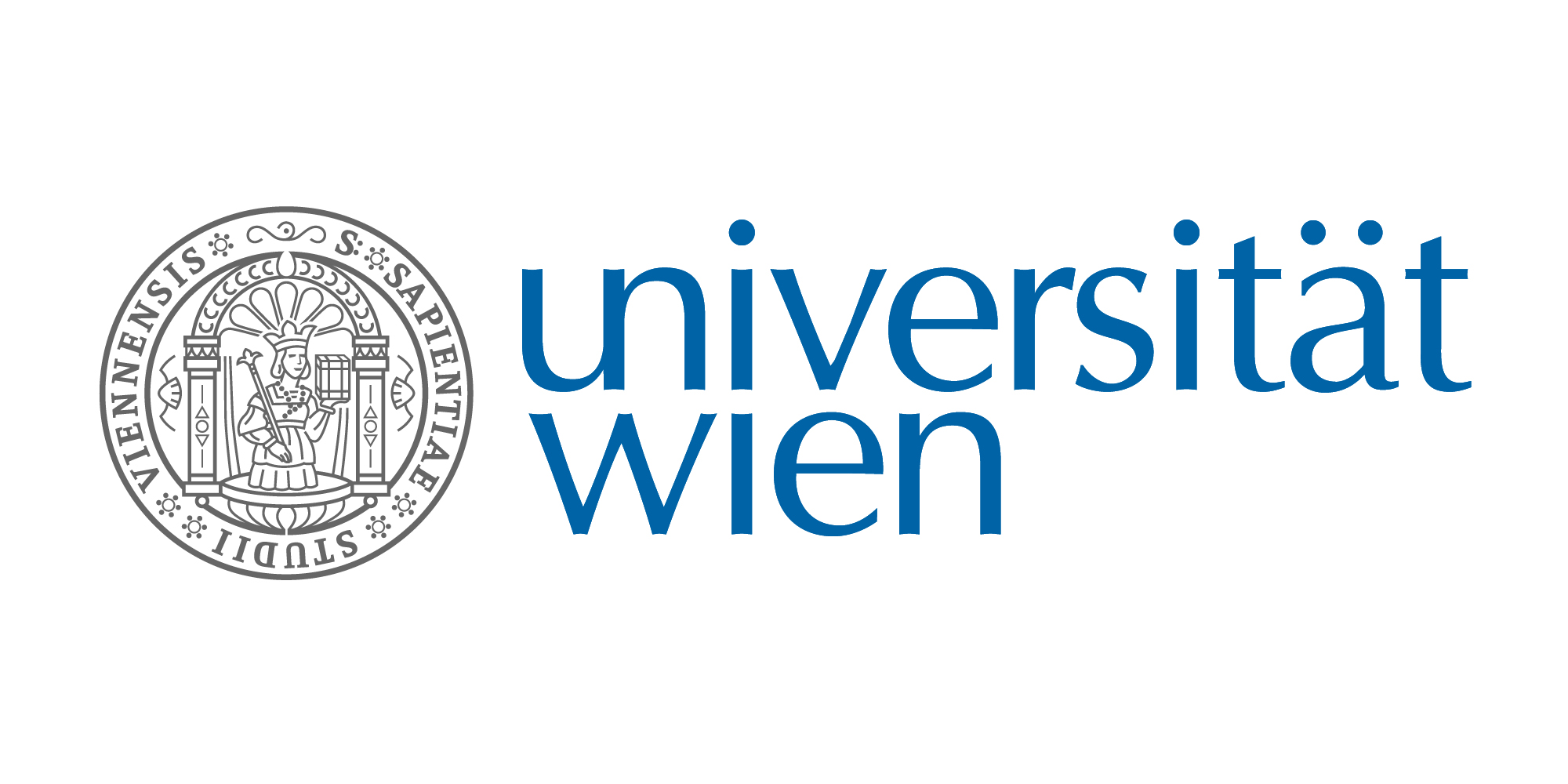Our research
What research is carried out in the SFB-Project "Language between redundancy and deficiency"?
The field of artificial intelligence has seen significant progress in recent years, and has also been widely discussed in public. ChatGPT, for example, appears to use language in a very similar way to humans. In light of these developments, the question arises as to what distinguishes humans from machines in the area of cognition. The traditional definition of humans as the ‘talking animal’ goes back to Aristotle: it is our ability to speak that sets us apart from all other beings and enables us to develop complex social, cultural and political structures. But in the age of talking machines, we must ask ourselves whether language can be considered a unique human characteristic. One possible answer is that the way the latest generation of AI handles language is actually equivalent to human language processing: both are stochastic systems. The difference between them might be merely the strength of the connection to other cognitive areas such as perception or the motor system—an area where humans have a clear advantage over AI.
The Special Research Area (SFB) Network "Language between Redundancy and Deficiency" pursues a different perspective, which is supported by a wealth of results from formal grammatical language research: Language is at its core a symbolic-rule-based system that is unique to human cognition and similar to logic and mathematics. Syntax, the core of grammar, is a purely symbolic system, which makes human language fundamentally different from the "language" of AI. However, human language ability is interwoven with a probabilistic cognitive system — a system that is guided more by experience and probability patterns than by fixed rules. This increases its adaptability to cognitive, social, cultural and political contexts. The embedding of language in the general cognitive system can theoretically be modeled by flexible rules that allow linguistic operations to function in situations that deviate from their precise definitions, either due to a lack of information (deficiency) or a surplus (redundancy).
Building on the strong tradition of formal linguistics in Austria, the Network brings together experts from the universities of Graz, Vienna and Salzburg who work closely together to research how the linguistic system is adapted to its cognitive environment. The focus is on two core phenomena of the context-dependent use of language, namely pronouns and ellipsis. Pronouns enable the reuse of already established meanings without explicit syntactic coding, while ellipsis enables the reuse of linguistic forms — such as sounds, characters or gestures — without actual articulation. In investigating these phenomena, the Network uses current methods of empirical linguistics, such as psycholinguistic experiments or corpus studies, but also mathematical formalisms. The theory of language between redundancy and deficiency to be developed within the framework of the Network, in which symbolic and probabilistic systems are harmonized, has the potential to open up groundbreaking perspectives for the cognitive sciences.
Links to the subprojects
1: Theory Task Force and Coordination
2: Language between Redundancy and Deficiency
3: Mismatches in binding and coreference
5: The role of self in pronominal coreference
6: The (Non-)Deficiency and (Non-)Redundancy of Clitic Pronouns
7: Deficiency and redundancy in Iberoromance pronominal systems
8: Fading reference - the pragmaticalization of pronoun + verb
9: Animacy features and the flexibility of pronouns
10: Deficiency and Redundancy in Expressing Temporal Relations




